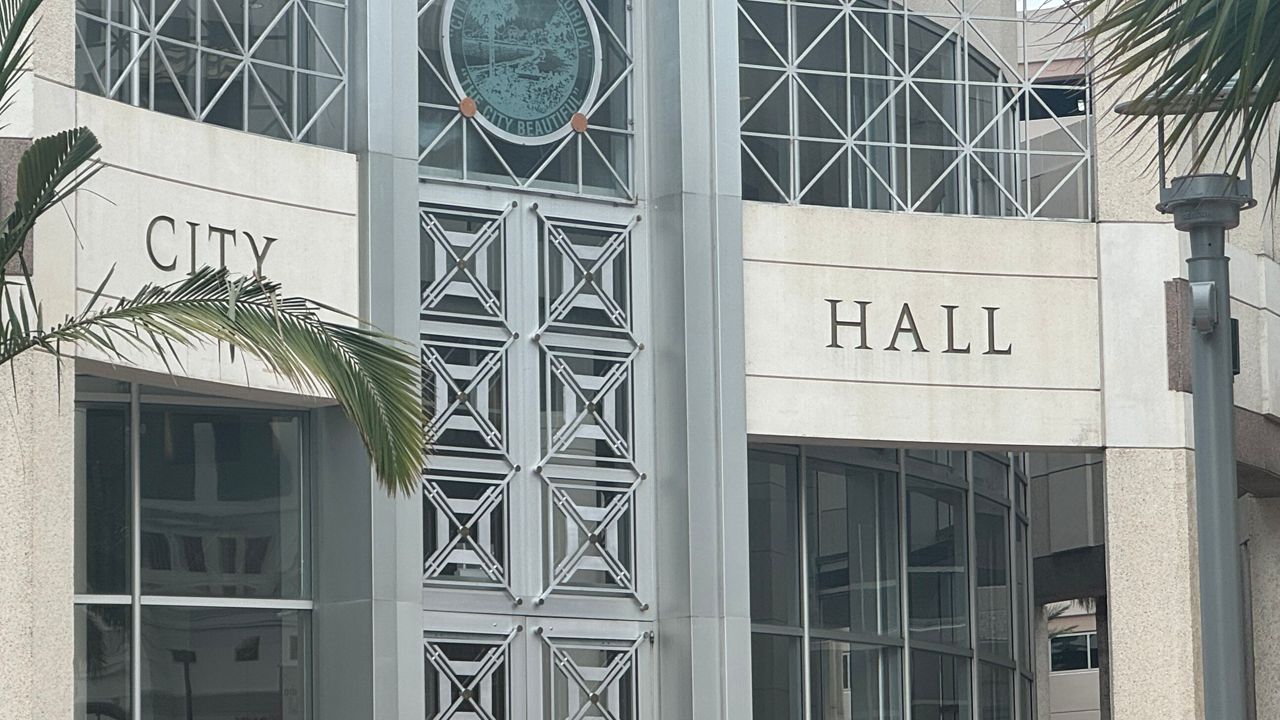Bussiness
Orlando business owner worry about increased stormwater fees

ORLANDO, Fla. — On Monday, the Orlando City Council voted to increase stormwater fees. While the rate is capped for homeowners, some local businesses say they will be paying thousands more a year.
Mike Alderman of Alderman Service Center has been a mechanic for decades after falling in love with tinkering.
“My dad, when I was a kid, we just knew how to fix things. I started with a little go kart, but then the neighbor’s lawn mowers,” he said.
But Alderman recently got a notification that his business would be paying thousands more per year for stormwater fees.
“It came in the mail, and I thought it was wrong. I couldn’t imagine what I was reading,” said Alderman.
Currently, he pays $1,571 for stormwater fees. In January, that will increase to $2,121 and by 2028 it will be $3,341 a year for him under the new ordinance.
Alderman was one of dozens who spoke out at Monday’s meeting, but the ordinance still passed in a 5 to 1 vote.
“Before this meeting, they had already made up their minds,” he said.
Orlando city officials say the utility has not increased since 2008, however over the years the cost to operate has grown. In addition, the community has seen unprecedented rainfall in previous hurricane seasons.
“(Without this fee increase) it opens up the possibility for more flooding, definitely,” said Corey Knight, City of Orlando Director of Public Works in an interview on Monday. “If we can’t keep up with our maintenance aspect. If we can’t replace some of the older infrastructure we have, the older storm pipes around here, that leads to the degradation of some of those pipes.”
Officials say the fee helps pay for general maintenance, like street sweeping roughly 81,517 miles of area throughout the year. However, they say the money also goes towards major overhaul projects.
“We also have a capital improvement program that’s factored into this rate, the rate increase,” said Knight. “There’s one specifically that’s kicking off on Delaney (Avenue). It’s a larger project along there that’s going to be going on.”
According to a spokesperson with the City of Orlando, the Stormwater Division maintains the water quality of 80 lakes, maintains 84 retention ponds, and 86 control ditches.
The stormwater fee is dependent on the size of each owner’s parcel. Keep in mind, the rate is calculated by the impervious area square footage of the lot, which includes things like patios or driveways. In many businesses case, it could mean their parking lots.
Under the ordinance, the rate for homeowners is capped at 2,500 square feet, with a maximum of $202.30 a year in 2025 and $318.62 in 2028. However, some local businesses can expect to pay thousands of dollars more a year.
City documents, for example, show one owner will go from paying $48,516 a year in 2025 to $76,422 in 2028 for the fees.
Alderman believes this burden will be passed down to consumers who are already hurting from inflation.
“Look at the Ford dealership, the Chevrolet dealership,” said Alderman. “How much did theirs go up? When you go buy a new car, how much of that is going to be added to your new car? It may only be $200 or $300, but to a lot of people, $200 or $300 is going to make or break them.”
The City of Orlando has compiled a list of projected fee increases for each property owner. Property owners can see their increase by clicking here. To search the document, hit Control + F on your computer and type in your parcel ID.
Property owners can identify their parcel ID by visiting the property search tab through the Orange County Property Appraiser’s website. Search your address, and the parcel ID is the 15-digit code located underneath your address.










